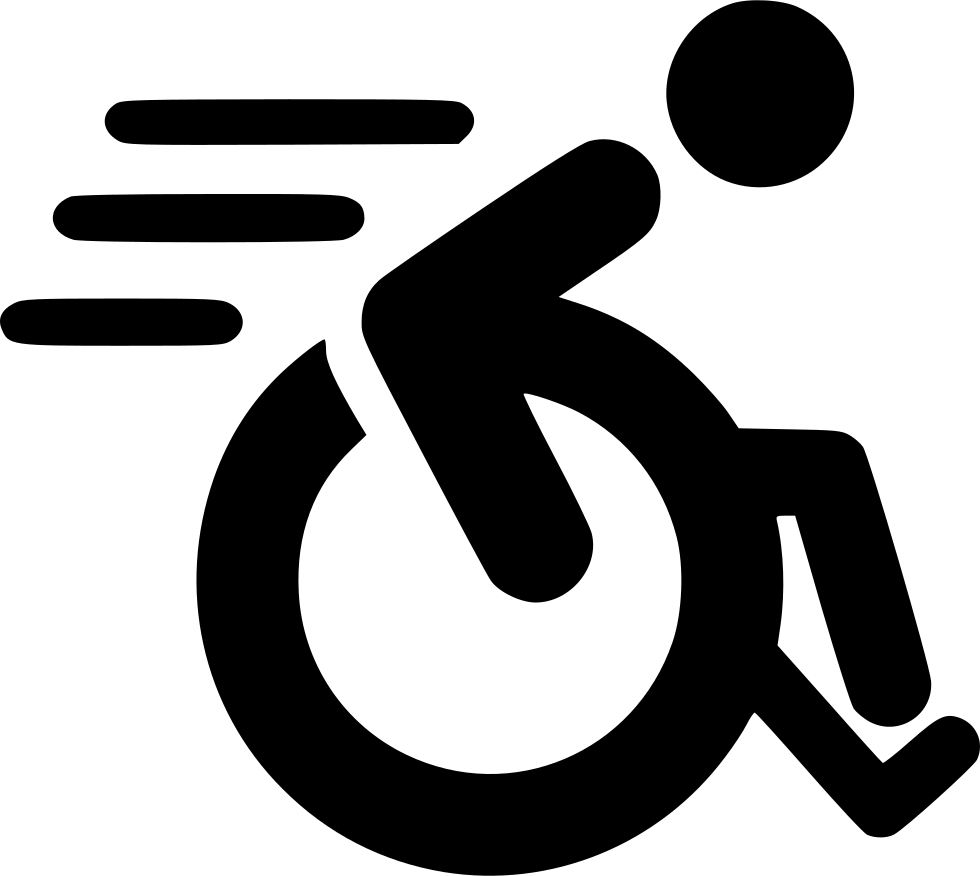What is Blood therapy?
- Blood Therapy is a fluid concentrate from one’s own bloodstream, composed primarily of platelets.
What is Blood therapy used for?
- Blood therapy can accelerate tendons, ligaments, bone, and other tissue healing.
What conditions can be treated with Blood therapy?
- Tendonitis

- Ligament sprains or tears
- Bursitis
- Osteoarthritis
- Hip dysplasia
- Elbow dysplasia
- Muscle tears
How does Blood therapy work?
- When an injury occurs platelets are the first cells to migrate to the site. Not only do they play a role in blood clotting, but they also stimulate the body to begin the healing process (calling for growth factors like collagen, fibroblast, and several others.
- Additionally they contain many antibacterial and anti-fungal proteins which positively affect inflammation and healing.
How do we use Blood therapy?
- Blood therapy can be used in many applications. Most commonly to heal tendon/ligament injury, bone/fracture repair, and osteoarthritis. Our hospital most commonly uses blood therapy for the treatment of Osteoarthritis (OA).
- The growth factors in blood therapy aid in the production of hyaline cartilage (joint cartilage).
- Blood therapy has been shown to slow the progression of OA, as well as, decrease pain and increase function in joints with degenerative cartilage disease. blood therapy has also been shown to aid in bone fracture repair and provide stronger healing in tendon repairs.
How do we get Blood therapy?
- Using a sample of your own dog or cats blood, our specially trained technicians are able to separate and extract it from a blood sample. Then activate the blood therapy in preparation for Dr. Preston Ayers to administer it to the site of need.
Is Blood therapy new?
- No; blood therapy was first developed and used starting in the 1970’s! It’s first applications was treatment of severe gingivitis and maxillofacial surgery when bone regrowth was necessary for dental implants. Today it’s become more popularized by the frequency of use in professional athletes.
What are the risks?
- These cells are directly from the patient so the risk is negligible. Pilot studies in dogs and horses (exceeding 2500 cases) have had no adverse reactions reported.
How successful is blood therapy?
- Most studies report 91% of patients experience a clinical improvement.
How long does the improvement last?
- Studies are ongoing but improvement appears to be reported anywhere from 2-3 months to 1 year or longer!


